Electrolysis

The modern beauty industry has advanced very far in everything related to improving the appearance of the beautiful half of humanity. Among salon procedures, a place of honor is occupied by those that are designed to save lovely ladies from excess vegetation on the body. Such procedures are called "epilation" and "depilation". The difference between these two concepts lies in the effect on the hair follicle and the hair shaft itself. During epilation, the hair root is destroyed, depilation involves the removal of only its visible part. Depilation procedures include shaving with a machine, the use of special creams and mousses. There are more varieties of hair removal: waxing, shugaring, photo and laser hair removal, as well as the procedure that we will pay the most attention to today - electrolysis.
Peculiarities
Electric epilation implies the following algorithm of action: using a special apparatus for electrolysis, a very thin needle-electrode is inserted into the hair follicle. A current discharge passes through it, which, creating a high temperature in the affected area, “burns out” the hair root.Thanks to this aggressive approach, unwanted hairs disappear forever.

How and where do they do it?
The procedure of electrolysis is carried out in specialized centers of cosmetology and in beauty salons by professional cosmetologists. First you need to come for a consultation and discuss all the nuances with a specialist, since electrolysis has contraindications. You also need to know that doing it is quite unpleasant and long. The doctor will recommend pain medication and prescribe a course of procedures depending on the severity of the problem.

Electric hair removal is carried out using a special device. The most popular devices are ROS'S, such as Depil-Plus 13 Mhz, Depil-Plus 2, Kh-12 Plus, and alsoe Depilprogram Ultrasystem Plus Active Line and Russian electric epilator EHVCH-20-MTUSI. These devices not only qualitatively and quickly cope with excess hairs, but also protect the skin during the procedure. Each presented device has its own characteristics and parameters, which your cosmetologist should inform you about in order to form the most accurate idea of what effect you can achieve with this epilator model.
In general, the electrolysis procedure is quite common, it is performed in many cosmetology centers. There are more than 300 salons offering this procedure in the North-East Administrative Okrug of Moscow alone.

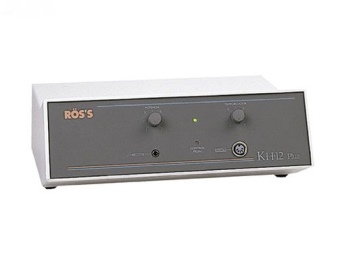
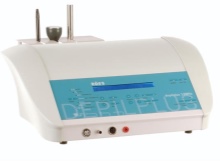


Kinds
There are several types of electrolysis, which depend on the type of electrode used:
- pincer method. The meaning of this procedure is to capture each individual hair with a kind of "tweezers" that pass current.This method is good because it is quite painless, and it can be used to treat sensitive areas such as the face and bikini. However, the duration of the procedure is very long - it takes almost 2 minutes to remove each hair, so it is advisable to carry it out only on small areas of the skin with not too thick hair;
- needle method. The hair follicle is destroyed by introducing a conductive needle-electrode into it. These needles are made of various materials (special medical alloys, Teflon or gold coated) and have different shapes and thicknesses.
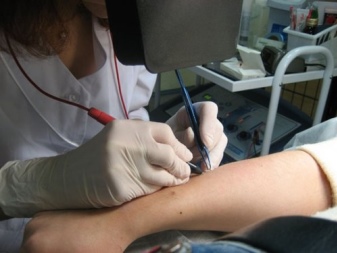

Needle electrolysis is divided into several subspecies:
- Thermolysis. The essence of the procedure is high-frequency exposure to alternating current with low voltage. This is one of the most painful methods, which involves injection anesthesia of the treated areas of the skin. Thermolysis in the facial area is excluded;
- Galvanic electrolysis. The hair root is exposed to direct current. Around the needle, sodium ions are formed, which, interacting with the skin secretion, form an alkaline solution that adversely affects the hair follicle. Electrolysis is less painful, but the speed of the procedure is quite low;
- Blend method. This is a mixture of the two previous methods. To begin with, the hair root is heated by thermolysis, and then destruction occurs by electrolysis. For electrolysis by this method, there are special computerized devices for the best selection of a combination of frequency and degree of exposure;
- Sequential blend. A more advanced version of the blend method.Their difference lies in the use of low-pulse current in the sequence method, which reduces the pain of the procedure;
- Flash method. In fact, this is thermolysis, but with the use of high-frequency direct current. This method eliminates excessive trauma to the skin and reduces pain;
- Sequential Flash. It is used to simultaneously remove hairs of different thicknesses. Perhaps the fastest way to carry out the procedure of electrolysis.

The choice of method that will help you in the fight against unwanted hairs should be dictated by the choice of treatment area. The procedure of electrolysis can be performed on the face (eyebrow shape correction, treatment of the upper lip to remove the antennae, individual areas on the chin), arms, legs, back, buttocks, hips, abdomen. There are some restrictions on the epilation of the armpits. The color, thickness and density of the hair also plays a role. All this will be told to you by a beautician who will work on your problem.
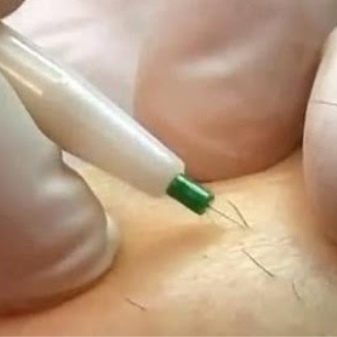

Efficiency
In order to get the maximum effect from the electric hair removal procedure, it is necessary to remember that certain conditions are met. The fact is that in this way you can remove hair that is in the anagen (growth) stage, but there are only about 30% of them on the human body. That is why repeated repetition of the procedure is recommended in order to gradually destroy all unnecessary vegetation.
A dermatocosmetologist should conduct a session of electrolysis. He will be able to choose the right approach to your problem and tell you how to avoid negative consequences.

Different zones - different pain sensations.The chin, arms and legs tolerate electrolysis quite easily, but removing the mustache and treating the bikini area can be quite painful. Elimination of hairs in the nose and ears is completely excluded.
You should not grow very long hair, but they should not be too short either. The optimal length is from 2.5 to 3.5 millimeters.
You can verify the effectiveness of the procedure if you notice that hair growth has decreased by at least 10%, and they have become thinner and lighter.

How many sessions are needed?
This question worries all those who decide to resort to the procedure of electrolysis to get rid of unwanted hair, since this pleasure is not at all cheap. In addition, numerous advertising articles and websites convince that today hair removal with electricity is the only way to 100% destroy hairs. That's how it is, only now such an effect is achieved not at all after the first procedure and not even after the second one. The minimum number of sessions is 3 and can reach up to 7-8 per course. The interval between visits to the salon should be about 2 months. And in order to really eliminate the problem, you need to go through at least 3 such courses.

Training
Preparatory procedures, in principle, do not differ from those recommended before shugaring and waxing sessions: you need to thoroughly scrub the areas of the intended treatment, take a warm shower or sit in the bath. Of course, the hair needs to grow at least up to 2.5 mm.
If you are not ready to endure pain in the name of beauty, discuss with the cosmetologist possible options for pain relief, or treat your skin with a cream like Emla a couple of hours before the session.


Comparison before and after
Of course, it is better to see once than to hear a hundred times. In the photo archives of cosmetology centers, you can find a lot of photos "before" and "after" electrolysis. The results, of course, are amazing - smooth skin where there was just "thickets" and much less hair that has grown over time. However, not all photos are so encouraging. You can often see a picture that shows a pronounced rash, crusts and other microdamages. And it becomes unclear which photographs to believe more.
Experts in the field of cosmetology and dermatology argue that negative consequences after the procedure of electric hair removal are possible only if the skin was not properly cared for. If you follow all the doctor's instructions and do not neglect care products, nothing threatens you.
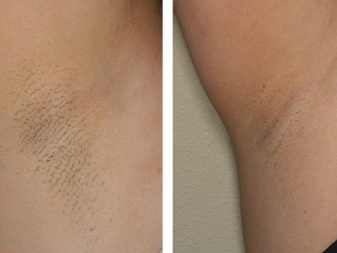
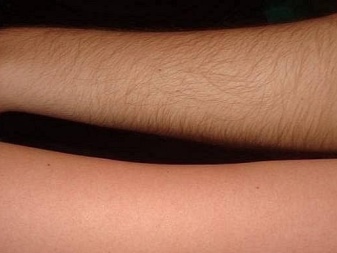
Skin care
It is very important to take care of the skin during the post-procedural rehabilitation period, and it is equally important to do it correctly. Your cosmetologist, of course, if necessary, will recommend certain products depending on the reaction of your skin to electrolysis, however, there is a list of some general rules that it is advisable to follow in order to minimize the risk of complications:
- In the first 3-5 days after the procedure, it is forbidden to apply perfume-scented products and too heavy, oily texture to the treated surfaces;
- During the week, forget about the solarium, beach, sauna, bath and gym;
- Instead of a hot bath, use a warm shower for daily hygiene;
- Wipe the treated areas with an antiseptic solution to prevent infection. It is desirable to do this for 5 days every few hours;
- If there are crusts, in no case should you scratch them and try to peel them off - you risk getting scars that will remain forever;
- Use drugs such as D-panthenol, Levomekol, Bepanten. You can use light moisturizers with chamomile, aloe, calendula

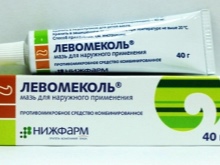

Contraindications and consequences
Electrolysis is a fairly radical and aggressive procedure, it simply cannot but have contraindications. So, You should choose another remedy for getting rid of unwanted hair if:
- Do you have varicose veins?
- You are pregnant (at any time);
- Have problems with the lymph nodes and the lymphatic system in general;
- you have diabetes;
- There are problems with the psyche or the cardiovascular system;
- In the presence of skin, infectious or oncological diseases;
- You have a pacemaker.
As for the possible consequences, then everything is purely individual and depends on many factors. For some people, hair growth stops after the 3rd procedure, and for someone to achieve the same effect, you need to take a couple of courses. Micro scars, burns or age spots may appear on the surface of the skin. Therefore, before deciding to go for this rather expensive and rather long-term procedure to achieve the main goal, you need to consult an endocrinologist and take tests to determine the hormonal status. Only then can you be sure that electrolysis is really what you need.
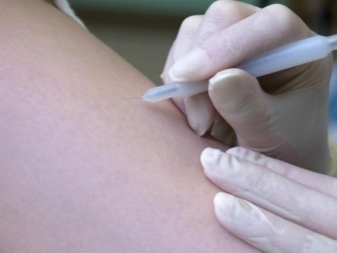

Can it be done at home?
Many girls quite successfully do hair removal with wax or sugar on their own, at home.And, of course, the question arises: is it possible that electrolysis can also be performed independently? After all, then it will be possible to save money, and the device will always be at hand and you can “walk” through unwanted hairs at any time, gradually killing them. The answer to this question is: don't do it. Firstly, any device for home use is much weaker than salon ones and you will not be able to achieve the desired effect. Secondly, the sanitization of the workplace of a cosmetologist is still better than in your apartment, even if you are a fan of cleanliness and do wet cleaning every day. And thirdly, if side effects occur, you will have to see a doctor one way or another, and treatment can be no less expensive than electrolysis in a salon.
So think about whether the risk is equivalent to the fact that you might be able to save a couple of thousand rubles. Electric hair removal is not an easy procedure, certified specialists are trained to perform it, they also know how to cope with possible negative consequences. Do not risk your health and beauty in the name of some pseudo-economy.


Pros and cons
Electric hair removal has a number of advantages and disadvantages. in comparison with other types of struggle with excessive vegetation on the body. After reviewing them, you can decide whether to choose this method or better to pay attention to something else.
Advantages of electrolysis:
- Suitable for any type of hair and skin;
- Only with its help is it possible to say goodbye to unwanted hairs forever;
- Can be used on almost any part of the body.

Minuses:
- If you've waxed, sugared, or used a homemade mini epilator before, electric hair removal may not be right for you.The fact is that in the process of performing the procedures, you could damage the hair roots and twist them. In this case, the electroepilator needle may simply not reach its goal and not completely destroy the follicle;
- To obtain the maximum possible effect, several sessions are required, sometimes even several courses. As mentioned earlier, electricity can only remove a hair that is in the stage of active growth - anagen, and there are only 30-40% of those on our body. In addition, there are also “sleeping” follicles, which for the time being do not manifest themselves in any way, but later hair may appear from them, which will also require attention;
- The electrolysis procedure is quite lengthy and not everyone has the patience to sit through each such session. For example, in order to remove the antennae, it will take you almost 20 minutes. Think about how long it will take to epilate both legs;
- It is expensive. Yes, electric hair removal is an expensive procedure, since it requires painstaking work. Considering that you will have to do it over and over again, it is better to calculate, first, whether its cost is comparable to the expected effectiveness.
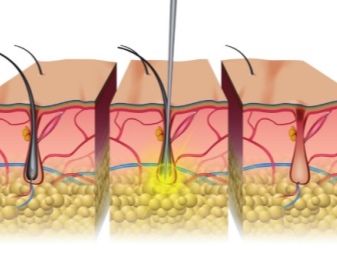

Is it harmful?
Of course, even if electrolysis is performed in a cosmetology center by a competent and experienced dermatocosmetologist, some minor annoyances are not ruled out. Do not be afraid, most of them are harmless and easily eliminated:
- Red spots on the skin. Appear due to increased sensitivity of the treatment area and, as a rule, disappear on their own within 1.5-2 weeks;
- Scars, microburns. May be the result of incorrect calculation of the required current strength;
- Itching. This is normal, but it is strictly forbidden to comb the affected skin, as there is a possibility of infection in the wound surface;
- Infection during the procedure. Such a nuisance can occur with insufficient sanitary literacy and hygiene of the specialist’s workplace.

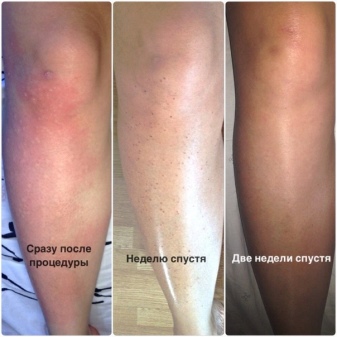
To prevent all these possible consequences at the end of the electrolysis session, follow these instructions:
- Treat the skin with chlorhexidine or an alcohol solution;
- Do not wash your face or take a bath or shower for 24 hours;
- Monitor skin condition: if irritation symptoms worsen, contact your beautician for treatment recommendations.

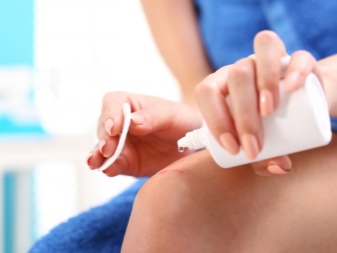
FAQ
Before you decide to carry out this rather difficult and expensive procedure, you want to know more about it. We have compiled a list of the most frequently asked questions and tried to give comprehensive answers to them.
How is it different from photoepilation?
In fact, there are several differences, and all of them are quite significant. The first difference is the mechanism of action on the hair follicle. We already know that electrolysis is its destruction with the help of current; photoepilation implies a kind of “irradiation” of the hair root with a light flash, as a result of which the melanin color pigment heats up and gradually destroys it.
The second difference is the degree of traumatization of the skin. During the electrolysis procedure, a kind of “acupuncture” occurs when the needle penetrates the hair follicle. This, although quite a bit, but injures the skin. Photoepilation does not imply damage to the dermis.
Electric epilation allows you to get rid of unwanted hair immediately during the session, since the hair cannot stay in the skin without the root. If you have chosen photoepilation, then be prepared for the fact that the hairs will fall out gradually, within 1-2 weeks, and during this period they cannot be shaved or removed in other ways, so you will have to endure the vegetation on the body.
Photoepilation is good only for dark hair, since the principle of its action is based on the destruction of melanin, and everyone knows that the darker the hair, the better it attracts light. Electrolysis can be carried out on hair of absolutely any color, even on gray hair.
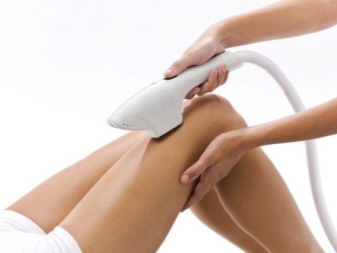
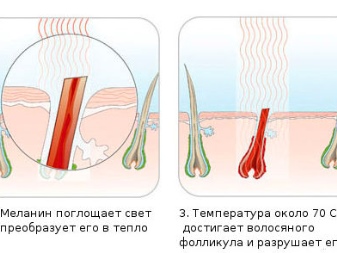
Can it be done during menstruation?
A question that worries many women, because there are many procedures that are forbidden to be carried out on “critical days”. The fact is that during this period the female body becomes the most vulnerable, the pain threshold decreases, due to hormonal fluctuations, mood and general well-being may worsen. And electrolysis is already not the most pleasant thing.
As for medical recommendations, there are no contraindications. However, practice shows that the best time for this procedure is the 13th or 14th day of the cycle. At this time, the female body is the least susceptible to pain.
If you just need to go for electrolysis, but it so happened that you started your period - do not be discouraged and go. Although, of course, refrain from treating the bikini area.

How long can you not sunbathe after?
It is strictly forbidden to visit the beaches and the solarium during the rehabilitation period, which lasts from one and a half to 3 weeks after the electric hair removal.
Can it be done in summer?
Yes, you can.But first, be sure to consult a cosmetologist who will warn you about possible negative consequences and give recommendations on care and protection from ultraviolet rays.

Reviews
The procedure of electrolysis has won both fans and opponents around the world. The point here is the peculiarities of each individual organism and the seriousness of the approach to post-procedural care. After all, not every person is ready to unquestioningly fulfill all the doctor's prescriptions, no matter how reasonable they sound. And when certain symptoms of irritation of the epidermis appear, it is easier to blame the master for the incompetence than to admit one's own irresponsibility.
Therefore, you should always listen to the opinion of a specialist. His recommendations are not just words, they can improve the condition of your skin and help you achieve the effect you are striving for.

By the way, when choosing a salon and a beautician to whom you entrust electrolysis, you need to familiarize yourself with the information about the masters offering this service. They must be qualified, certified in training in that specific hair removal method, and have a good reputation among customers. The salon should also be popular and well equipped. Do not be fooled by the tempting low price - such a procedure a priori cannot be cheap. Those who offer their services at a reduced cost either do not have enough experience or work on outdated equipment. In both cases, the alignment will not be in your favor. Remember - beauty and health is not something that you can risk even in the name of getting a benefit!
Read more about the electrolysis procedure in the next video.























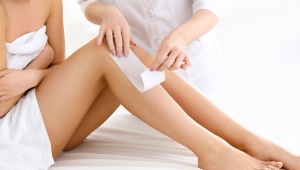




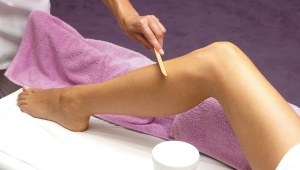
Thanks for the helpful and interesting article! Electrolysis is a cosmetic procedure for removing unwanted hair using electric current. Most women note that it is very effective, but at the same time the most painful procedure for hardware hair removal.